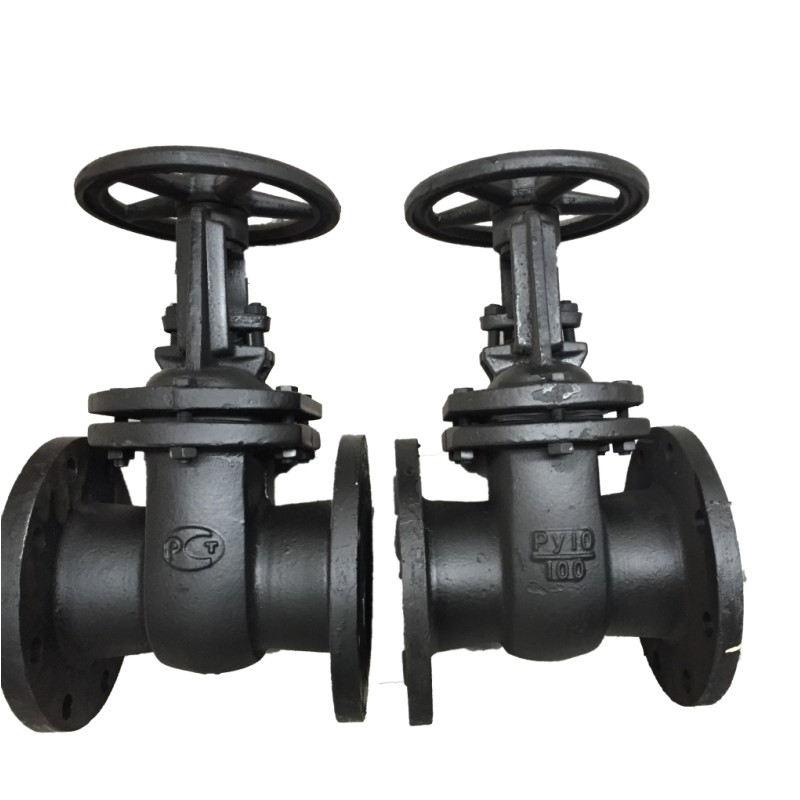Flexible Rubber Joint Coupling for Enhanced Performance and Vibration Reduction
Understanding Rubber Joint Couplings A Comprehensive Guide
Rubber joint couplings, often simply referred to as rubber couplings, are essential components utilized in various mechanical systems, known for their flexibility, shock-absorbing qualities, and ease of installation. In industrial applications, these couplings serve to connect two shafts within a system while ensuring smooth operation, minimizing vibrations, and reducing noise. This article explores the features, advantages, applications, and maintenance of rubber joint couplings.
Features of Rubber Joint Couplings
Rubber joint couplings are primarily made from high-quality rubber materials, often engineered for specific mechanical properties. Key features include
1. Flexibility The inherent flexibility of rubber allows these couplings to accommodate misalignment of shafts. This is particularly useful in systems where precise alignment cannot be guaranteed due to thermal expansion, settling of foundations, or other factors.
2. Vibration Dampening Rubber couplings effectively absorb shocks and vibrations originating from rotating machinery, which protects sensitive components and improves overall system longevity.
3. Corrosion Resistance Many rubber compounds are resistant to oils, chemicals, and environmental factors, making these couplings suitable for diverse operating conditions across various industries.
4. Compact Design Rubber couplings are comparatively lightweight and compact, which makes them easy to install in space-constrained environments.
Advantages of Rubber Joint Couplings
Using rubber joint couplings presents numerous benefits
1. Reduced Maintenance The durability and shock-absorbing characteristics of rubber couplings lead to longer service intervals and reduced wear on connected components, thereby lowering maintenance costs.
2. Cost-Effectiveness Compared to metal couplings, rubber couplings are often more affordable while providing sufficient strength for a wide range of applications.
3. Noise Reduction By minimizing vibrations, rubber couplings contribute to quieter operations, which is essential in environments where noise pollution must be controlled, such as hospitals or residential areas.
4. Ease of Installation The lightweight nature and flexible design of rubber couplings make installation straightforward, saving time and labor costs during assembly or replacement.
rubber joint coupling

Applications of Rubber Joint Couplings
Rubber joint couplings are versatile and can be found in various applications across multiple sectors, including
1. Pumping Systems In pumping installations, rubber couplings help to connect the motor shaft to the pump shaft, absorbing vibrations and accommodating misalignments.
2. Marine Applications The maritime industry relies on rubber couplings for connecting engines and propellers, where mechanical flexibility is vital due to the dynamic movement of the vessels.
3. HVAC Systems Rubbery couplings are widely used in heating, ventilation, and air conditioning systems to connect fans, blowers, and various components, minimizing noise and enhancing system performance.
4. Automotive Industry In automotive applications, these couplings are employed to connect various engine components, allowing for better adaptability during engine operation.
Maintenance and Considerations
While rubber joint couplings are known for their durability, regular inspection and maintenance are essential to ensure optimal performance. Key considerations include
1. Visual Inspections Regularly check for signs of wear, cracking, or deformation in the rubber material. Any visible damage could compromise the effectiveness of the coupling.
2. Torque Checks Periodically verify that the coupling connections are appropriately tightened to avoid loosening over time, which could lead to misalignment or failure.
3. Environmental Conditions Monitor operating environments for exposure to extreme temperatures or harsh chemicals, as these can degrade rubber materials over time.
4. Replacement Schedule Develop a replacement schedule based on the operational environment and the manufacturer’s recommendations. Regular replacement can prevent unexpected failures that could lead to costly downtimes.
Conclusion
Rubber joint couplings are vital to the reliable operation of many mechanical systems, offering flexibility, durability, and noise reduction. Understanding their features, advantages, applications, and maintenance needs can help engineers and operators make informed decisions, ensuring efficient and effective operation in various industries. By incorporating rubber couplings into relevant systems, organizations can achieve enhanced performance and longevity, ultimately leading to cost savings and improved productivity.
-
Reliable Wafer Type Butterfly Valve - Durable & Space-Saving DesignNewsAug.29,2025
-
Top-Quality Pipe and Pipe Fittings for Reliable Fluid SystemsNewsAug.28,2025
-
Reliable Slip On Flange Manufacturer for Industrial ExcellenceNewsAug.28,2025
-
Premium Rubber Expansion Joints for Piping SystemsNewsAug.28,2025
-
Premium Electric Actuators for Smart Automation SolutionsNewsAug.28,2025
-
Innovative Flange Solutions for Modern Plumbing NeedsNewsAug.28,2025
-
High-Performance Exhaust Valves for Efficient Fluid SystemsNewsAug.28,2025




